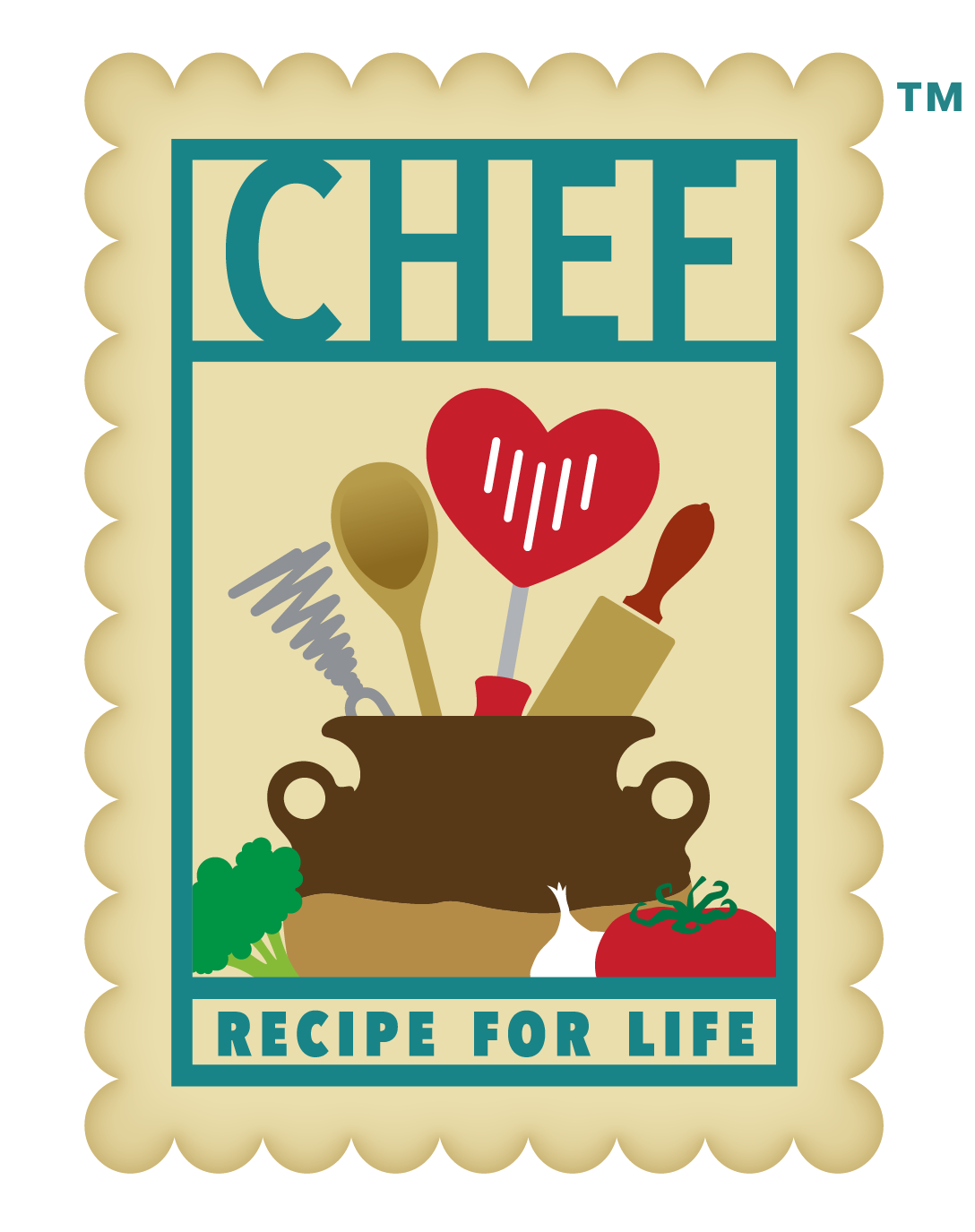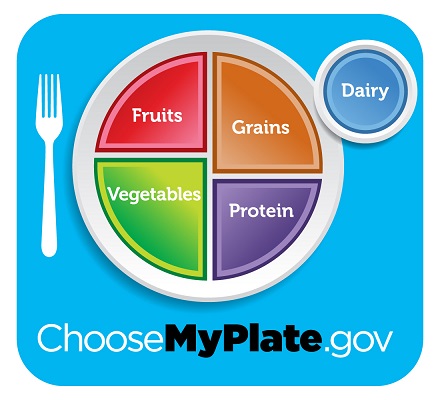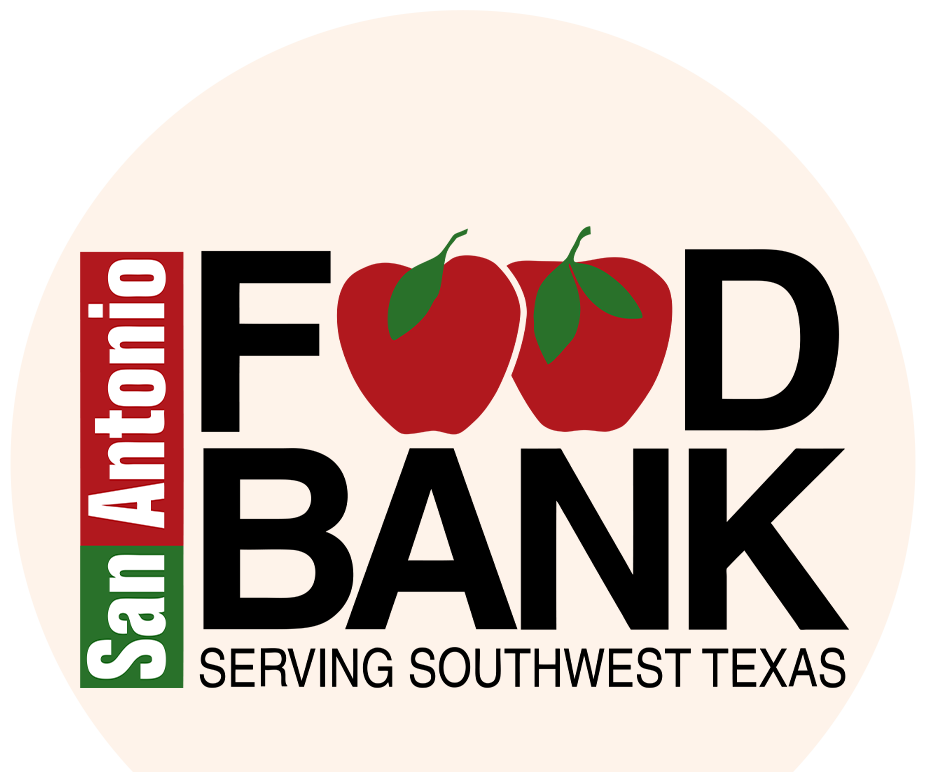By Haley Kinder, Dietetic Intern, Texas A&M University
Reviewed by: Katy Bowen, MS, RDN, LD
Looking in the pantry to figure out what to cook for a meal can be overwhelming. You see all of these ingredients, but you have no idea what to make with them. On some nights there may be no time for a quick trip to the grocery store so making sure you have some pantry staples on hand can be essential. Below is a list of suggested staples to keep in the pantry to help whip up meals on the fly.
Common pantry ingredients
Dry goods
These are usually inexpensive, have a long shelf life, and can be purchased in a variety of sizes. Based on your family’s needs and taste preferences, you can buy some items in bulk so that you always have the ingredient on hand.
- Whole grain bread
- Brown rice
- Whole grain pasta
- Quinoa
- Whole grain cereals
- Rolled oats
- Baking powder
- Baking soda
- Whole grain flour
- White or brown sugar
- Unsalted nuts
- Dried fruit
Canned goods
Canned fruits and vegetables have a longer shelf life than fresh options and are still great choices for creating delicious, healthy meals. Make sure to check the labels and purchase the “No Sodium Added” canned vegetables and fruits canned in juice rather than syrup.
- “No Sodium Added” canned vegetables
- Fruits canned in juice
- “No Sodium Added” canned beans
- Low sodium chicken broth or stock
Oils, Vinegars, Sauces, etc.
These ingredients can add amazing flavor to your dish without adding salt and can be used in many ways to create delicious meals.
- Oils: vegetable or canola, extra virgin olive oil, toasted sesame oil
- Vinegars: white wine, red wine, balsamic
- Low sodium soy sauce
- Pasta/tomato sauce
- Honey
- Mustard
- Nut butters
Herbs and Spices
Use herbs and spices in place of salt to help add flavor to your meals. Common varieties include:
- Salt
- Pepper
- Garlic powder
- Onion powder
- Chili powder
- Oregano
- Basil
- Thyme
- Cumin
- Cocoa powder
- Cinnamon
Refrigerated items
These ingredients do not have as long as a shelf life, but are great to keep on hand to add into meals or to use for baking.
- Non-fat or low-fat milk or unsweetened non-dairy milk
- Eggs (large)
- Non-fat or low-fat plain Greek yogurt
- Butter
- Shredded or sliced cheese
Freezer items
Frozen fruits and vegetables are picked at peak ripeness and then frozen. These also have a longer shelf life than fresh fruits and vegetables and can make a great addition to meals. You can also purchase raw meats and freeze them to use at a later time.
- Frozen fruits: mixed berries, strawberries, peaches
- Broccoli florets
- Spinach
- Corn
- Shelled edamame
- Frozen raw meats
Include some of these items on your list for your next grocery trip and you’ll be able to whip up delicious, healthy meals in no time!















